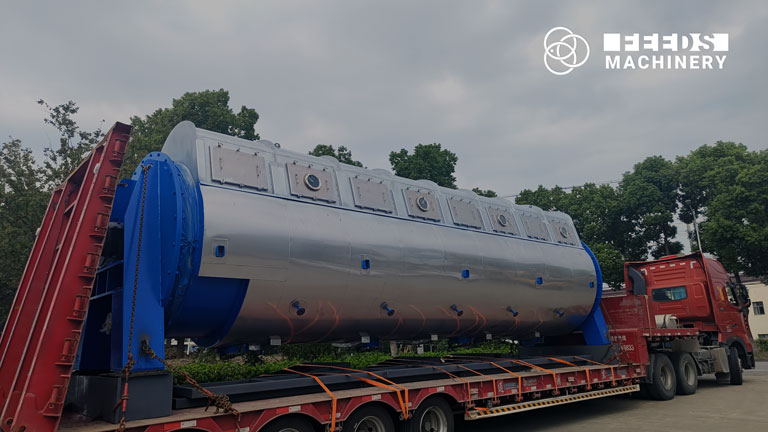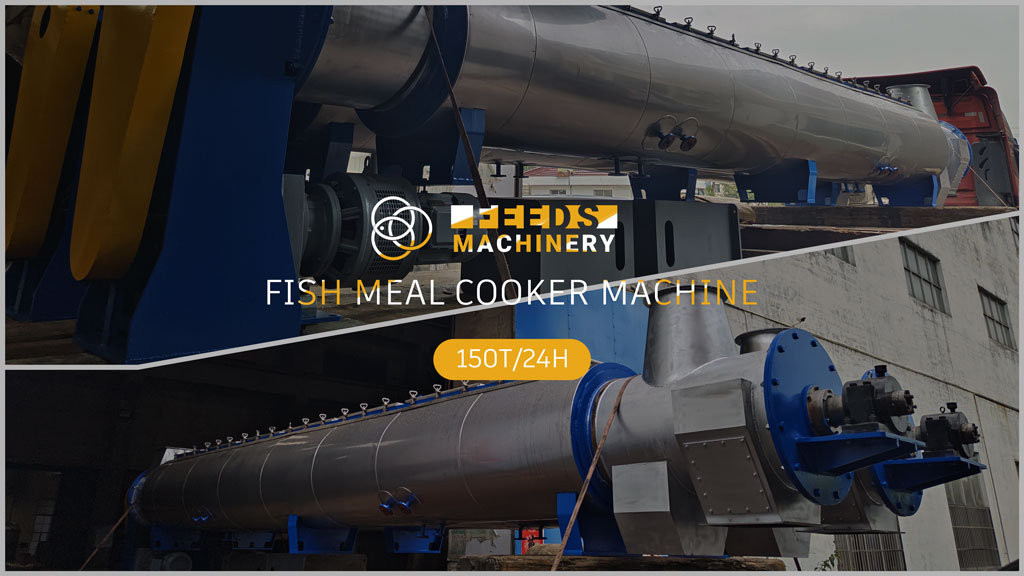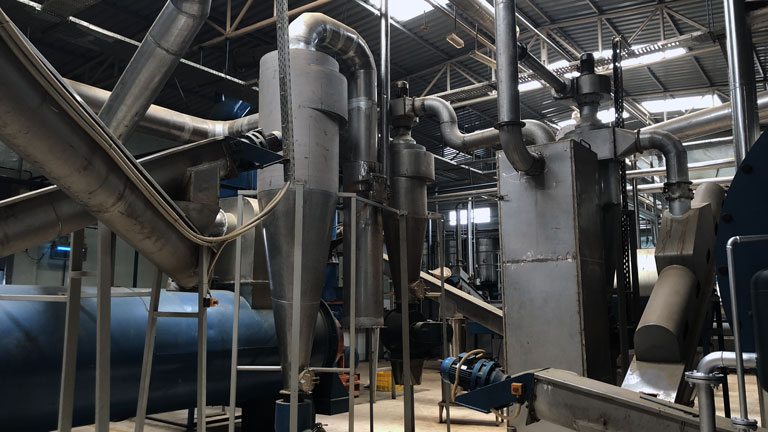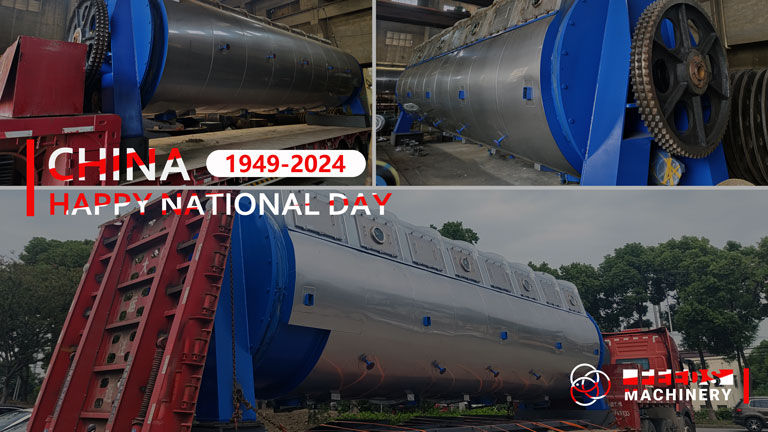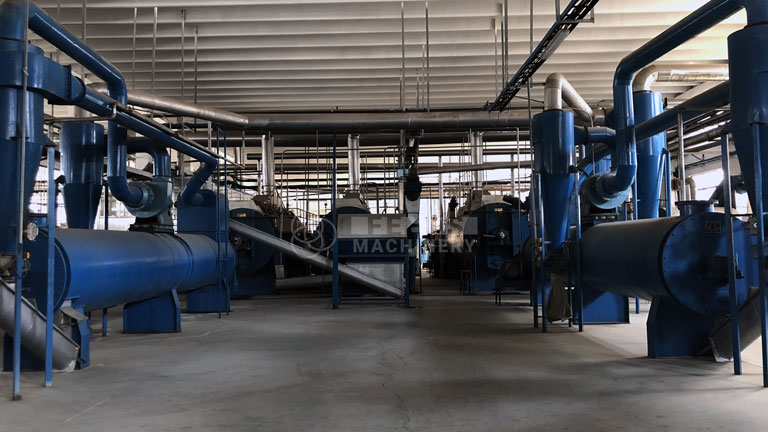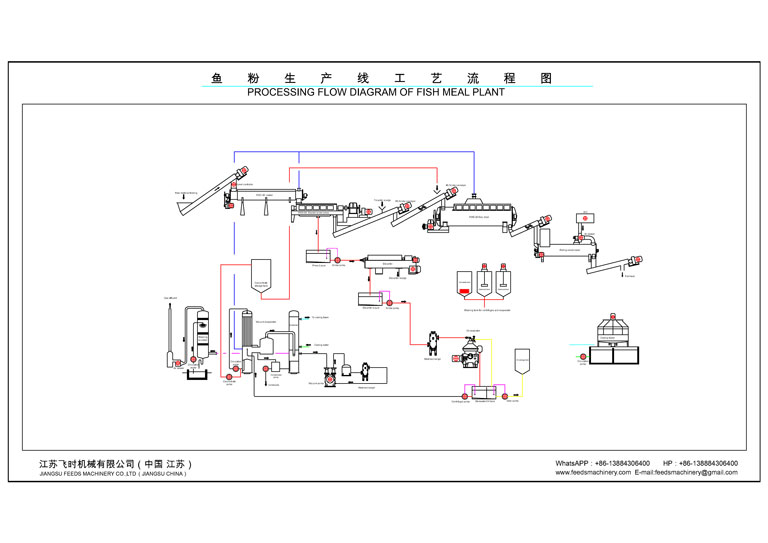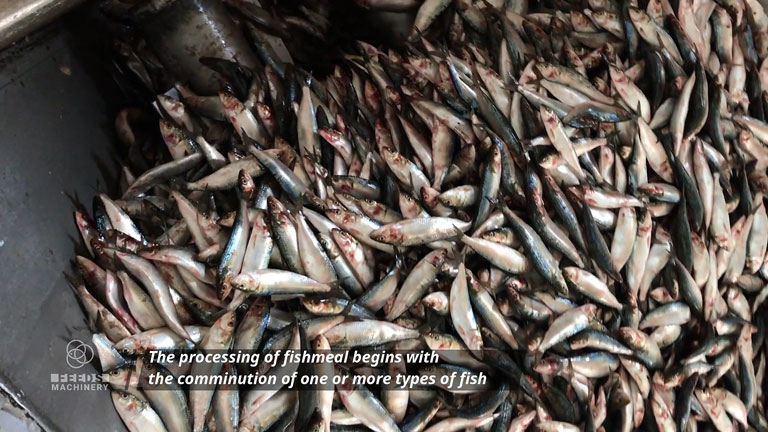
Fish meal processing is a critical industry that converts fish and fish by-products into a high-quality protein product used in animal feeds. Various methods are employed in fish meal production, each with its unique processes and benefits. This article will explore the main methods: direct drying, dry pressing, wet pressing, centrifugation, extraction, and hydrolysis. Understanding these techniques will help fish meal manufacturers optimize their production processes.
Direct Drying Method
The direct tørring method involves drying fish or fish by-products without any prior processing. This method is straightforward but requires careful control of temperature to prevent overheating and nutrient loss.
Key Benefits:
- Simplicity: The process is easy to implement with minimal equipment.
- Cost-Effective: Lower initial investment compared to more complex methods.
Dry Pressing Method
The dry trykke method involves cooking the raw material, pressing it to remove the oil, and then drying the remaining solids. This method is efficient in oil extraction and results in a high-protein product.
Key Benefits:
- Efficient Oil Removal: Extracts a significant amount of oil from the fish.
- High-Quality Protein: Produces a protein-rich meal suitable for animal feeds.
Wet Pressing Method
The wet pressing method starts with cooking the fish material, pressing to remove liquids, and then separating the oil and water. The solids are dried to produce fish meal. This method is widely used due to its efficiency and high yield.
Key Benefits:
- High Yield: Maximizes the extraction of both oil and protein.
- Versatility: Suitable for various types of fish and by-products.
Centrifugation Method
The centrifugation method involves using centrifugal force to separate different components of the fish material after madlavning. This method effectively separates solids, oil, and water, leading to high-quality fish meal.
Key Benefits:
- Precision Separation: Ensures thorough separation of oil, water, and solids.
- High-Quality Output: Produces premium fish meal and oil.
Extraction Method
The extraction method uses solvents to separate oil from the fish material. This method is highly efficient in oil recovery but requires careful handling of solvents to avoid contamination.
Key Benefits:
- High Oil Recovery: Maximizes the extraction of valuable fish oil.
- Efficient Process: Produces both fish oil and meal with minimal waste.
Hydrolysis Method
The hydrolysis method involves breaking down fish proteins into smaller peptides and amino acids using enzymes or acids. This method produces highly digestible fish meal, making it ideal for specialized animal feeds.
Key Benefits:
- Enhanced Digestibility: Produces fish meal that is easily absorbed by animals.
- Specialized Product: Ideal for high-performance feeds and aquaculture.
Konklusion
Fish meal production is a versatile and essential industry with various methods to suit different needs. Whether through direct drying, dry pressing, wet pressing, centrifugation, extraction, or hydrolysis, each method offers unique benefits that cater to specific production goals. By understanding and optimizing these processes, fish meal manufacturers can produce high-quality, nutrient-rich products for the global market.

